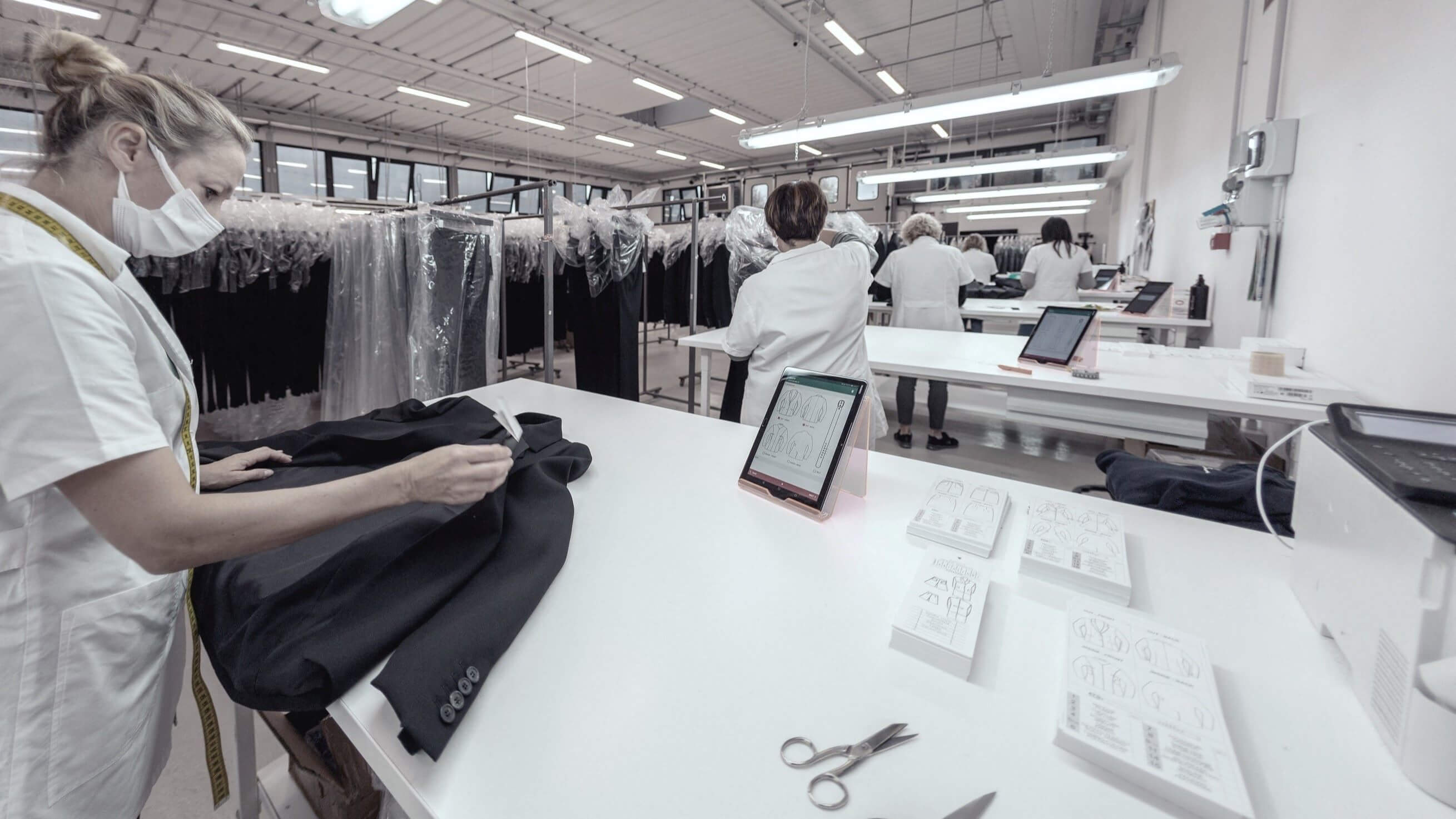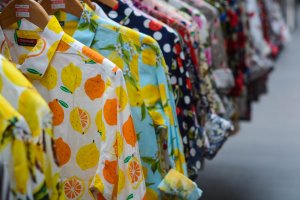Three Sustainability Tips All Brands Can Learn From The World Of Fashion
Yes really.

In recent years, few sectors have come under as much eco-scrutiny as fashion. Fast-fashion has been exposed for its world of worker exploitation and disposable clothing, luxury retailers have been found destroying their stock, and across the board fabric is ending up in landfills across the world, with garments taking hundreds of years to decompose.
Morally, fashion brands have had to take serious action, but there’s more reason to improve than that. In a world where greenwashing is rife, a growing number of fashion brands are taking the lead on sustainability, putting it at the core of how they operate, and discovering tangible business benefits as a result. There are lessons companies in all sectors can take from their experience - here’s just a few.
Reframe sustainable practise as a futureproofing investment, not a cost
The scale and influence of adidas is about as big as it gets, and yet they continue to make a point of shifting away from using non-sustainable materials like virgin polyester. For several years, they have collaborated with an environmental organisation 'Parley for the Oceans', and they utilise 'Parley Ocean Plastic' as a substitute for the virgin polyester (in 2022 they produced nearly 27 million pairs of shoes using Parley Ocean Plastic).
The goal is to ‘end plastic waste through the power of sport’. It has formerly been reported as being eight times more expensive to use than virgin plastics, but they recognise the moral responsibility to do something urgent and bold.
M&S has recently unveiled a million-pound net zero investment, ‘Plan A Accelerator Fund’ to push them toward their goal of net zero emissions by 2040. We helped them to launch Plan A back in 2007, much earlier than some of their competitors. The money will be put towards a variety of products, including improving the diet of the herds that provide its milk, (which will reducing as much as 11,000 tonnes of greenhouse gas emission per year).
In the fashion department, Drapers has reported M&S’ accelerator fund also includes a fibre-to-fibre recycling trial, which is a streamlined recycling process which has been supported by the UK Fashion and Textile Association.
Of course, as we know from fashion, the pull of cheap clothing is greater than most people’s care for the environment – especially when so many people are struggling in a cost of living crisis. This doesn’t mean we shouldn’t save the planet, it just means brands have to front the costs of doing so. Temporarily, anyway, there are endless examples of where sustainable brands outperform others, from Ferrari to pubs.
Think holistically
Scrutiny of brands will only increase. While focussing on the easy wins is a starting point, it’s just a starting point. Ultimately, when the easy wins are ticked off, you’ll still have to tackle the hard stuff. So think holistically. Bring a diverse set of perspectives, interests and ideas to bear on the problem – it often produces surprisingly valuable outcomes.
For example, M&S’ Plan A isn’t all they do. They continue to build sustainability throughout the supply chain. A few examples include fairtrade cotton with diligent sourcing, fair wages, being an Ethical Trading Initiative member; implementing a low-waste policy in their stores, offices, and warehouses; donating clothing samples and unsold stock to Newlife and Oxfam for reuse. Thinking holistically is imperative. Making a change in one area alone is not going to drive the change needed.
Transparency is everything
Transparency is sharing intent – your plans – and then progress, successes and failures. Many brands avoid transparency as much as possible for two reasons: they’re afraid they’ll be called out for greenwashing, or, because they want to keep their ‘competitive edge’ to themselves.
It’s the wrong approach – we have to lose the notion that progress in this area gives you a competitive edge (what’s the point of being top of the pile if we don’t have a prosperous and thriving world around us?!) and only by sharing and being transparent will brands be able to make the right connections, solutions and move the industry on.
We know Patagonia is a true pioneer of sustainability in the fashion world. No brand is more synonymous with responsible, eco-conscious design. They also, crucially, understand the importance of transparency. They happily discuss their work, learnings, and aims. Last year their senior director of materials innovation spoke to Drapers about how ‘saving the planet is not a competitive issue’, for example.
No place for complacency
A common theme with the brands doing the right things is an absence of complacency. They are always innovating, pushing ahead, helping others to catch up. From net zero, they might want to get to net positive (reversing damage). By investing in the cause holistically, and being transparent with their learnings, they’ll likely get there before anyone else.
Intellectual humility is the ability of to open minds to other ideas, solutions, and opinions, recognising the possibility that we may have got things wrong. It seems to me that fashion brands who are pushing to be genuinely sustainable display higher intellectual humility. They just so happen to also be the brands consumers want to support. We have known this for years, but there is no better time to act.
Sally Tarbit is director at The Team.
Thanks for signing up to Minutehack alerts.
Brilliant editorials heading your way soon.
Okay, Thanks!

